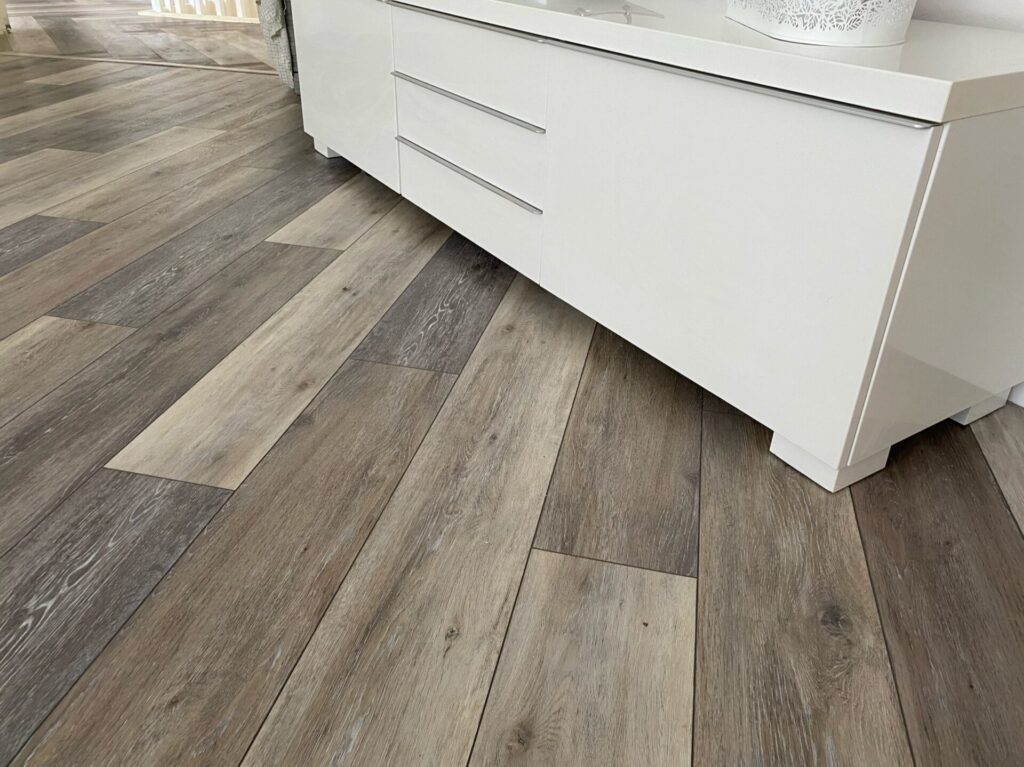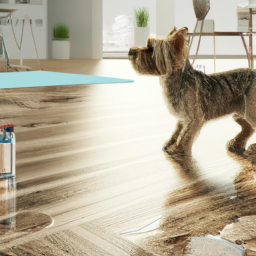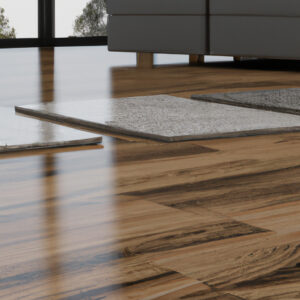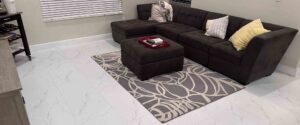Discover the differences between waterproof and water-resistant flooring options in this informative article. Learn about the benefits and drawbacks of each to make an informed decision for your next project.
Waterproof Flooring Vs Water Resistant Flooring
When it comes to choosing flooring for your home or business, there are many factors to consider, such as style, durability, and water resistance. Two terms that are often used interchangeably, but actually have different meanings, are “waterproof” and “water resistant”. In this article, we’ll explore the differences between these two types of flooring and help you make an informed decision for your next project.
Waterproof Flooring
Waterproof flooring is exactly what it sounds like: it is impervious to water. This means that water cannot penetrate the flooring material and cause damage to the subfloor or underlying structure. Waterproof flooring is ideal for areas that are prone to moisture or spills, such as bathrooms, kitchens, and laundry rooms.
There are several types of waterproof flooring, including:
- Vinyl: Vinyl flooring is a popular choice for waterproof flooring due to its durability, affordability, and wide range of styles and colors. Vinyl flooring is made of synthetic materials and is available in sheet, tile, and plank formats.
- Tile: Ceramic and porcelain tile are naturally waterproof and are often used in bathrooms and kitchens. Tile is durable and easy to clean, but can be more expensive than other types of waterproof flooring.
- Concrete: Concrete is a popular choice for basement flooring due to its ability to withstand moisture and water damage. Concrete flooring can also be stained or stamped to mimic other types of flooring, such as wood or tile.
Water Resistant Flooring
Water resistant flooring is designed to withstand moisture to some degree, but is not completely impervious to water. Water resistant flooring can protect against minor spills or moisture, but prolonged exposure to water can cause damage to the flooring material and subfloor.
Some examples of water resistant flooring include:
- Laminate: Laminate flooring is made of a high-density fiberboard (HDF) core with a printed image layer and protective wear layer on top. While laminate flooring is not completely waterproof, it is more water resistant than hardwood flooring.
- Engineered hardwood: Engineered hardwood flooring is made of a thin layer of real wood on top of a plywood core. Engineered hardwood is more resistant to moisture than solid hardwood flooring, but is not completely waterproof.
- Bamboo: Bamboo flooring is a natural alternative to hardwood flooring that is more resistant to water and moisture. While bamboo flooring is not completely waterproof, it is more water resistant than hardwood flooring.
When it comes to choosing between waterproof flooring and water resistant flooring, it is important to consider the specific needs of your project. If you are looking for a completely waterproof solution, then waterproof flooring is the way to go. However, if you only need protection against minor spills or moisture, then water resistant flooring may be a more cost-effective option.
| Feature | Waterproof Flooring | Water-Resistant Flooring |
|---|---|---|
| Waterproof Capability | Completely waterproof, can withstand water damage and spills without warping or buckling | Can resist water to a certain extent, but not completely waterproof. Can handle small spills and moisture, but prolonged exposure to water can cause damage |
| Installation Options | Can be installed in any room, including bathrooms, kitchens, and basements | Can be installed in areas with moderate water exposure, such as living rooms and bedrooms, but not recommended for high moisture areas |
| Maintenance | Easy to clean and maintain, can be mopped and wiped without worry of water damage | Requires regular cleaning and maintenance to prevent water damage, spills should be cleaned up immediately to prevent damage |
| Durability | Highly durable, can withstand heavy foot traffic and wear and tear without damage | Less durable than waterproof flooring, may require replacement over time due to water damage or wear and tear |
| Cost | Generally more expensive than water-resistant flooring due to its superior water resistance and durability | More affordable than waterproof flooring, but may require more frequent replacement or maintenance |
At the end of the day, both waterproof flooring and water resistant flooring have their benefits and drawbacks. By understanding the differences between these two types of flooring, you can make an informed decision for your next project.





